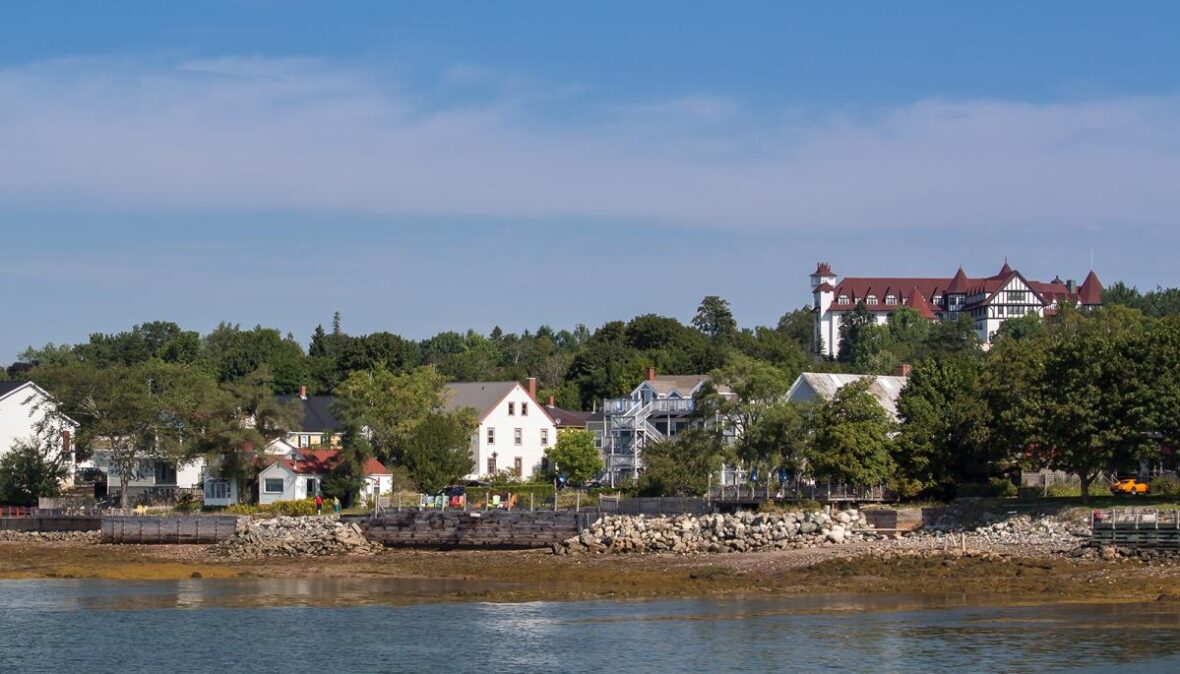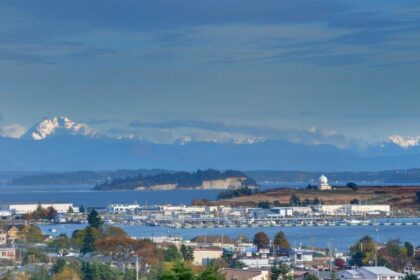Saint Andrews (2016 population: 1,786) is a town in Charlotte County, New Brunswick, Canada. The historic town is a national historic site of Canada, bearing many characteristics of a typical 18th century British colonial settlement, including the original grid layout with its market square, and the classical architecture. Take a look below for 25 fun and interesting facts about Saint Andrews, New Brunswick, Canada.
1. Although often shortened in non-official sources to St. Andrews, the town’s legal name is spelt Saint Andrews, and appears as such on the town’s website.
2. At the eastern end the town is a midden, a pile of shells and other refuse that accumulated over two thousand years due to year-round activity of the indigenous peoples in Canada. It is today a provincial heritage site.
3. The site of the town was named Qunnnoskwamk’ook, meaning long gravel bar in the Malecite-Passamaquoddy language.
4. The present name was given by a French missionary who landed at the site on Saint Andrew’s Day.
5. The site was settled in 1783 by Penobscot Loyalists.
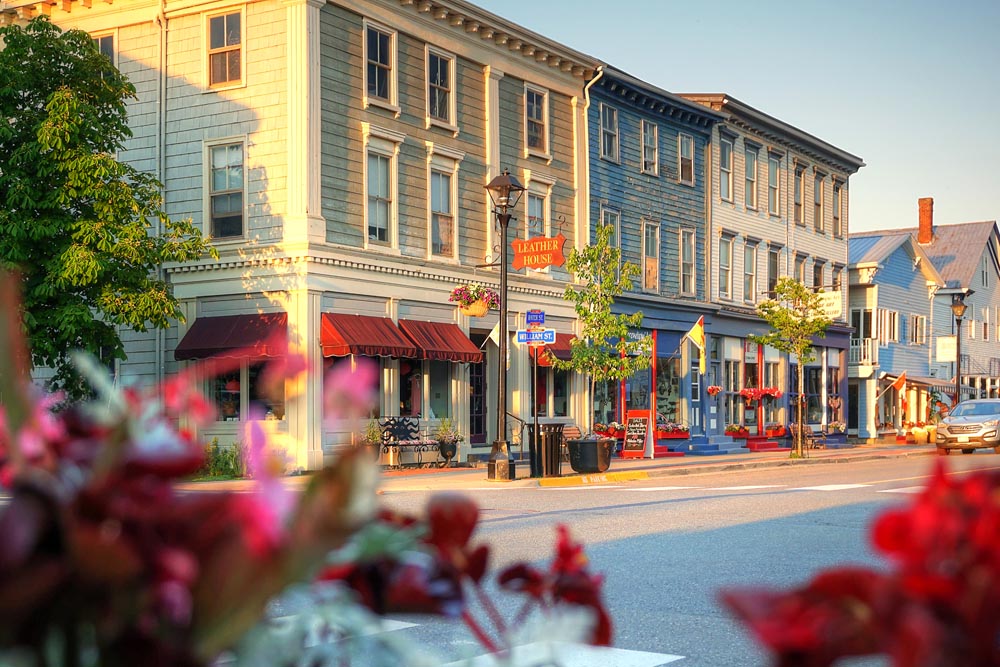
6. The town’s street grid was designed by Charles Morris and was laid out at that time and persists today.
7. Except for the shoreline Water Street, all street names have royal or colonial associations.
8. Also typical of British colonial settlement of the time are the defensive sites, public spaces, and delineation of the town.
9. Between 1820 and 1860, the port of Saint Andrews welcomed Irish immigrants.
10. They were first quarantined at Hospital Island, in Passamaquoddy Bay.
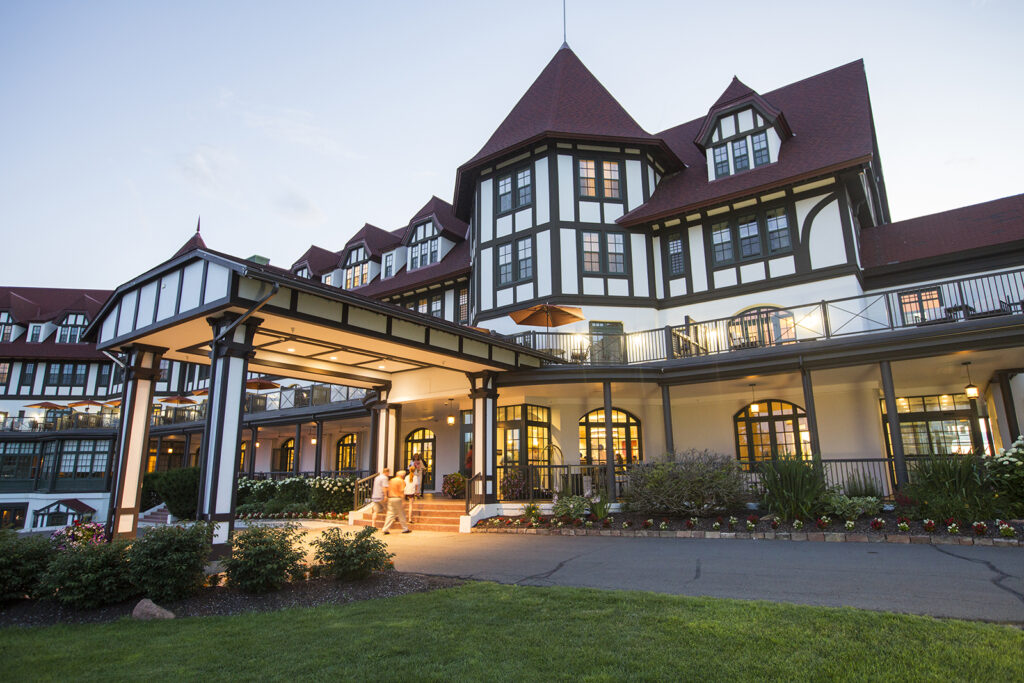
11. At the 1851 census, more than 50% of the town’s population had been born in Ireland.
12. The Pendlebury Lighthouse, also known as the St. Andrews North Point Lighthouse, was built in 1833 at the tip of the peninsula.
13. It was deactivated in 1938, and has since been restored and registered as a Canadian historic place.
14. In 1840, the Charlotte County Court House was built, and is still in use.
15. In the late 1800s and early 1900s St Andrews became a seaside resort for people from Montreal and Boston seeking to escape the summer heat.
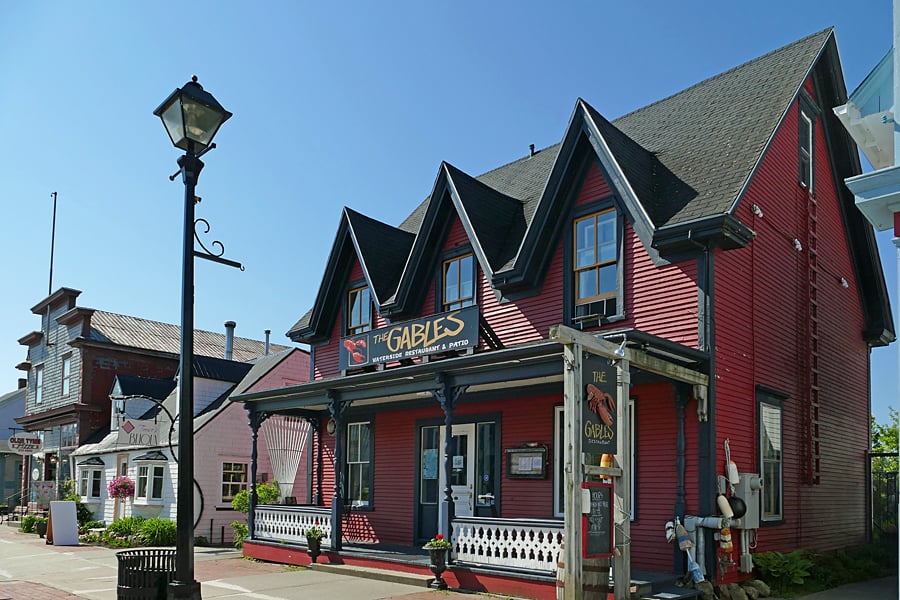
16. The town’s first seaside hotel, the Argyll, opened in 1881 followed in 1889 by The Algonquin, a resort on a hill overlooking the town, making Saint Andrews Canada’s first seaside resort.
17. The Argyll burned down in 1892 and was never rebuilt and the Algonquin burned in 1914 but was rebuilt one year later.
18. The lifestyle of wealthy summer visitors is commemorated at the Ross Memorial Museum.
19. A federal marine research facility, the St. Andrews Biological Station, was established in 1908.
20. The town was designated a national historic site in 1998.

21. Saint Andrews is at the southern tip of a peninsula, extending into Passamaquoddy Bay.
22. The waterfront faces Saint Andrews Harbour and the Western Channel, which is formed by Navy Island. The harbour is at the mouth of the St. Croix River.
23. The town is directly opposite the community of Robbinston, Maine, 2 kilometres to the west across the river mouth, and 53 km by road.
24. Ministers Island is east of the town and is accessible by road at low tide only.
25. Despite its proximity to the Canada–United States border, the nearest border crossings are 30 km away at St. Stephen or via a ferry service at Deer Island.

